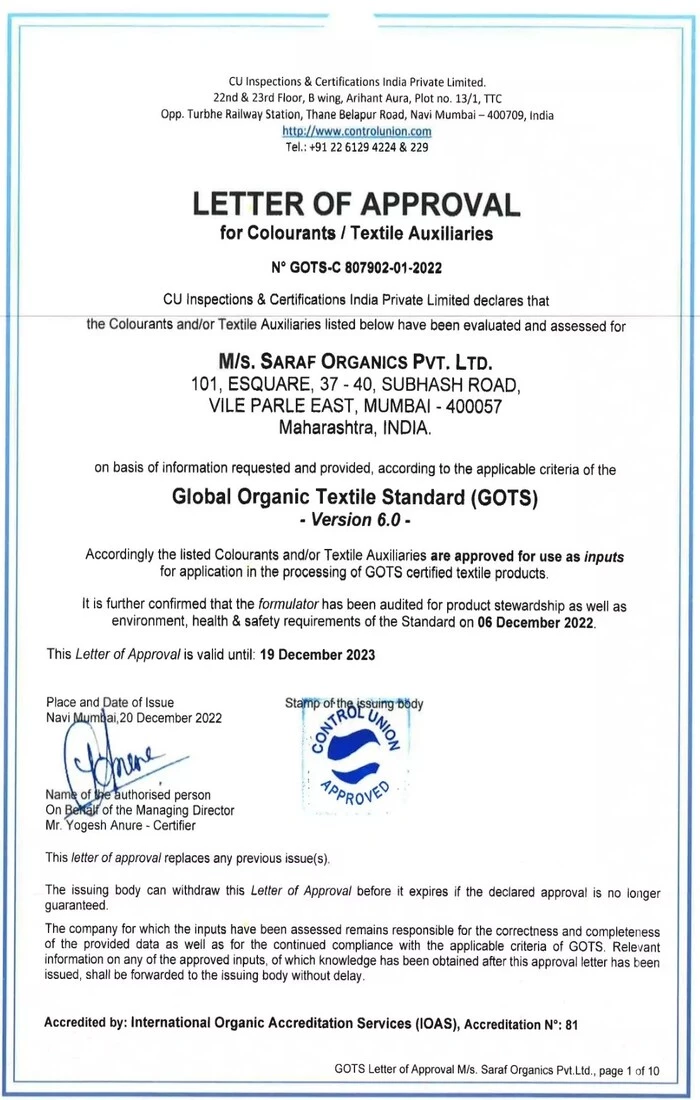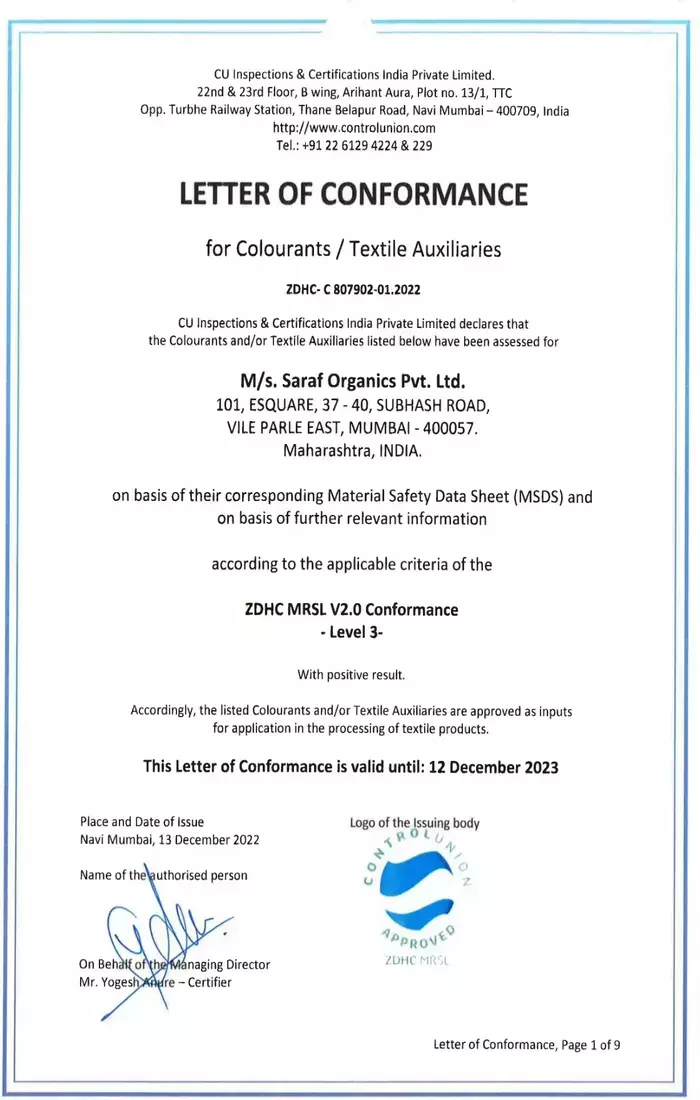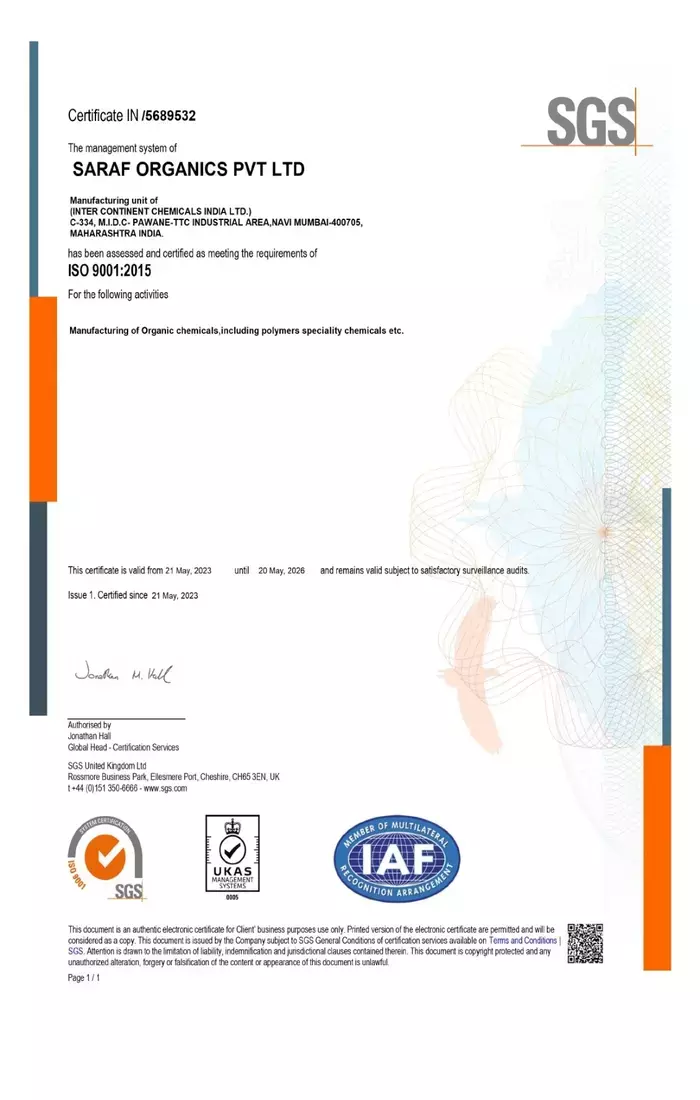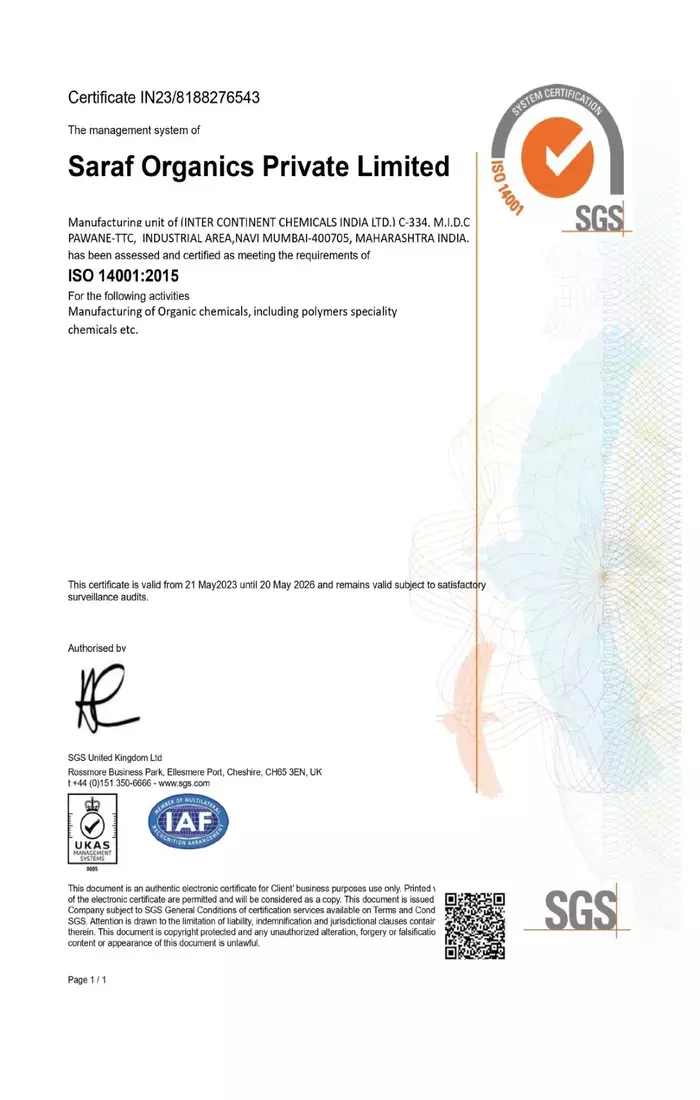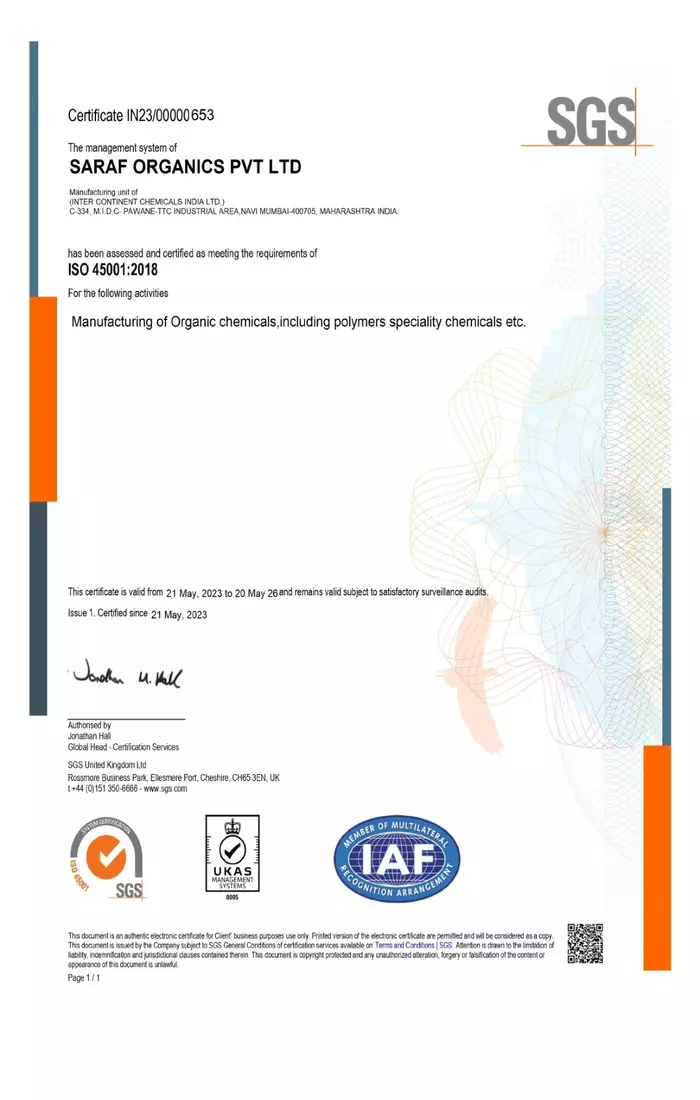- Function
- Mechanism of Action
- Compatibility
- Durability
- Compatibility with Other Finishes
- Testing and Evaluation
- Consumer Considerations
Padding
Anti-pilling agents are often applied through padding methods, where the fabric is immersed in a solution containing the anti-pilling agent.
Exhaust Application
In exhaust application, the anti-pilling agent is applied to the fabric during the dyeing or finishing process.
Biodegradability
The environmental impact of anti-pilling agents is an important consideration. There is a growing interest in developing environmentally friendly formulations.
Regulatory Compliance
Manufacturers must adhere to regulatory standards and guidelines for textile chemicals.
Silicone-Based Anti-Pilling Agents
Silicone-based formulations are commonly used to reduce friction between fibers, minimizing pilling.
Polymer-Based Anti-Pilling Agents
These agents form a protective film or coating on the fibers, reducing the likelihood of pill formation.



